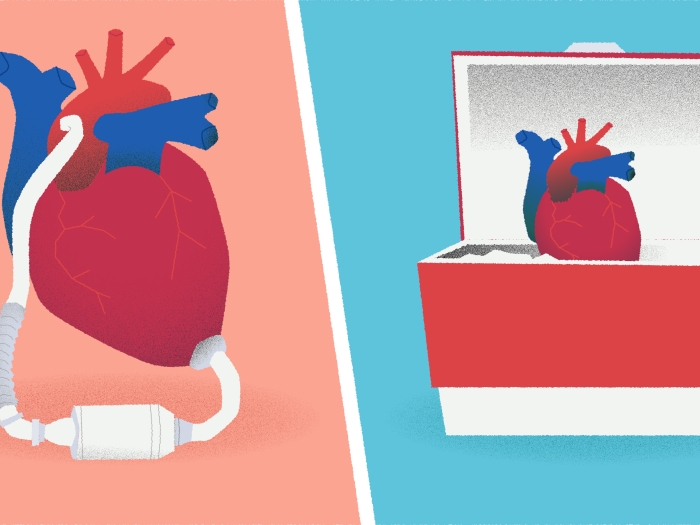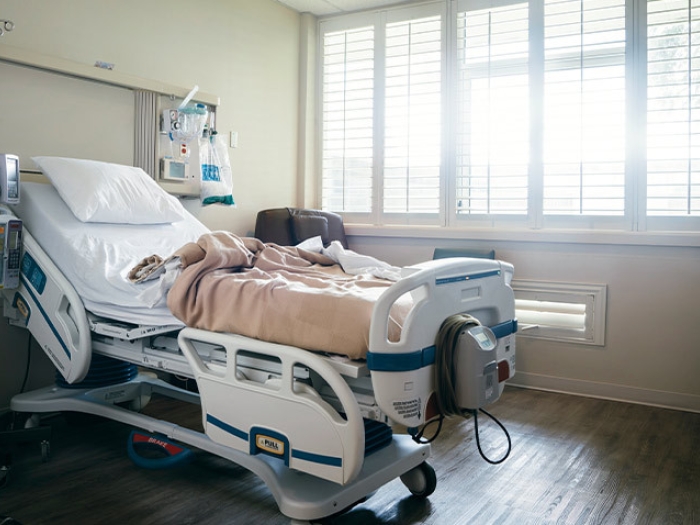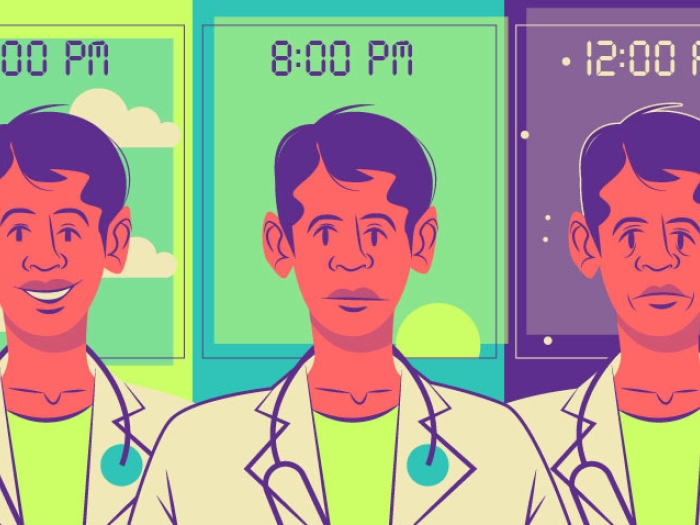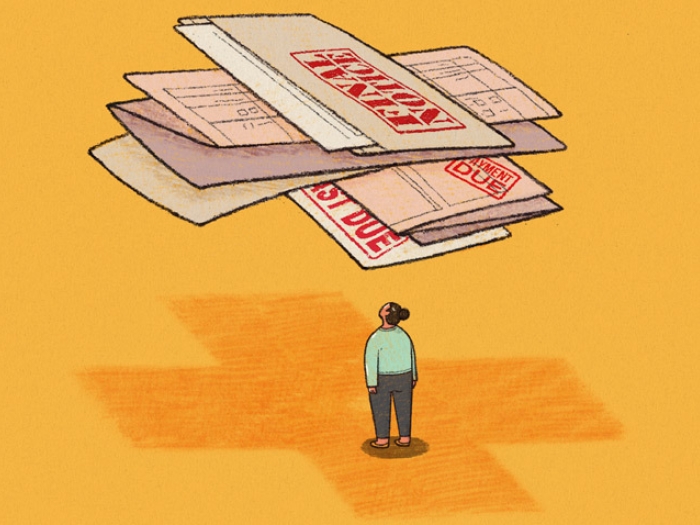In medicine, one size does not fit all for treatment — so why should one size fit all for cost-sharing? Value-based insurance design (V-BID) offers an alternative, and it’s catching on.
4:26 PM
Author |

It makes no sense to me that most Americans pay the same to see a cardiologist after a heart attack as they do to see a dermatologist for mild acne. And it makes no sense to me that patients pay the same out of pocket costs for lifesaving drugs as they do for ones that make toenail fungus go away.
This is where the concept of value-based insurance design (V-BID) comes into play. Value-based insurance design encourages payers and individuals to buy more of the things that make them healthier by making those things more financially accessible. In some circumstances, it also makes it more difficult, or at least more costly, to get the medical care that does not increase health in a significant way, or at all.
Even though we may pay the same amount, all agree that some visits are more important than others, some diagnostic tests are more important than others, and some drugs are more important than others.
But you can't really know if you've picked a high- or low-value service until you know who is getting the service, where they are in the course of their condition, who is providing the treatment, and where the care is being delivered. Clinical services differ in the benefit produced.
Continued growth and acceptance
When we came up with the V-BID concept 15 years ago, the provider community thought setting consumer out-of-pocket cost on clinical value was kind of an interesting and cute idea.
But things have changed. Providers are increasingly being incentivized to provide more of the "good" stuff — those services that are used as quality metrics. As more providers are being benchmarked for performance of specific services, they are more invested and often have their reimbursements tied to their patients doing the right thing.
After nearly 15 years of education, research and advocacy, I believe we truly are at a tipping point. Initially driven by the private sector, there are now hundreds of private self-insured employers, public organizations, nonprofits and insurance plans that have designed and tested V-BID programs. A key milestone was the inclusion of V-BID principles in the Affordable Care Act. As a result, more than 137 million Americans now have enhanced access to preventive care (e.g., counseling, immunizations and screenings).
And, in September, the Centers for Medicare & Medicaid Services announced a demonstration test of V-BID principles in seven states for patients with seven chronic conditions who are enrolled in Medicare Advantage insurance programs. The plans have the option to lower cost-sharing on specific services, such as drugs and diagnostic tests, as well as on high performing providers they see as most beneficial. No cost-sharing increases are allowed.
It makes no sense that my patients pay the same amount for life-saving drugs as drugs that make their hair grow back or their toenail fungus go away.Mark Fendrick, M.D.
V-BID barriers and bargaining
The fastest-growing type of health plans — and the thorn in my side — are high-deductible health plans.
Under these plans, a family might have to pay the first $10,000 in healthcare costs that they incur in a year before insurance kicks in. That puts my patients at a disadvantage to get the services that I beg them to seek, especially since many of the most important health care services are used to treat chronic conditions, such as heart disease, depression and diabetes.
One of the ways we can reduce the concerns over cost-related non-adherence in these plans is to add "smarter"cost-sharing based on the V-BID idea.
I have been working on and off since 2004 with the IRS and the Department of Treasury — not a common thing for medical school professor to do — to convince them to allow plans to cover high-value services that treat chronic disease before the deductible is met. We are trying to expand the already established "safe harbor" that has been created for screenings.
In addition, by helping to launch the Smarter Healthcare Coalition, we've gathered a group of strange bedfellows — US chamber of commerce, consumer advocates, health plans, pharmaceutical companies — to support the idea of giving health plans the option to expand the scope of services that might be covered before the deductible is met.
For example, I find it incomprehensible that my patients with diabetes enrolled in these high deductible plans have no coverage for their insulin, their eye exams and their foot care. These are exactly the same services on which I am being benchmarked.
Compliance, challenges and cost savings
If you make people pay less for something, they'll buy more of it — but they still won't buy it all the time. When you make life-saving medications available at no cost to people with severe heart conditions, they still take them only half the time.
The modest clinical and financial effects of V-BID, when used on their own, are why I like to say the V-BID idea is certainly not a panacea to our substantial healthcare quality gaps. That said, I am optimistic that V-BID aligns well with other transformative ideas, such as literacy programs, health-information technology interventions and alternative clinician payment models. It's one tool in a larger toolkit.
But the more we align incentives for providers' "peanut butter" and consumers' "jelly," the faster we'll get to our goals of an enhanced patient experience, higher quality, and lower health care costs.
We know "one size fits all" treatment doesn't work. And we can no longer tolerate "one size fits all" cost-sharing.

Explore a variety of healthcare news & stories by visiting the Health Lab home page for more articles.

Department of Communication at Michigan Medicine
Want top health & research news weekly? Sign up for Health Lab’s newsletters today!





